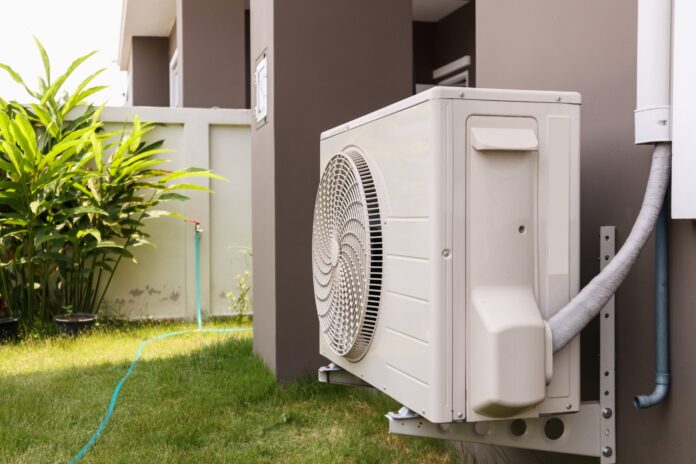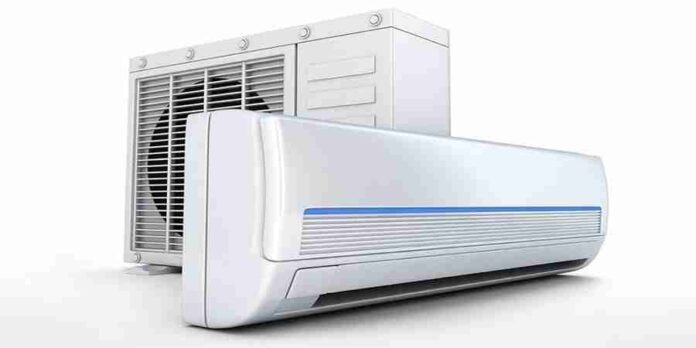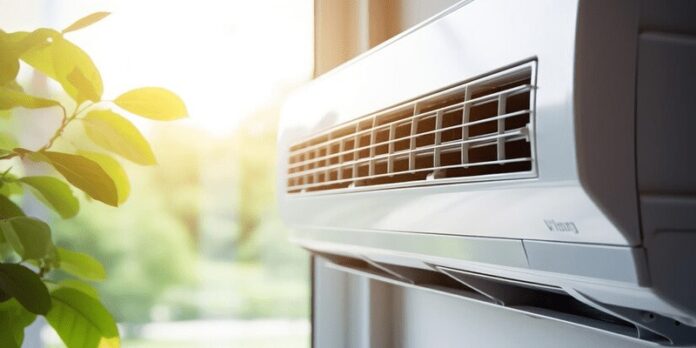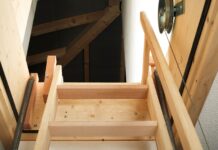In the height of a humid summer afternoon, when stepping indoors feels like crossing into another climate, most of us instinctively reach for the comfort of air conditioning.
Yet, behind that cool, conditioned air lies a quietly complex system—one that transforms heat-laden interiors into havens of relief with remarkable precision.
Far from being just a cold breeze from a metal box, a household air conditioner, particularly a split system, is a meticulously engineered device that manipulates thermodynamic principles to maintain balance and comfort.
Understanding how it works isn’t just for engineers or HVAC technicians. It offers a window into how modern living subtly depends on the elegant interplay of pressure, phase change, and airflow—all hidden behind vents and coils.
This article will explain that process, so that anyone can grasp the inner workings of what has become one of the most relied-upon machines in the modern home.
How Does a Household Air Conditioner Work? Understanding the Split System

If you’ve ever wondered how a household air conditioner works—especially the kind most people install in their homes today—the answer usually lies in what’s called a split system. These units are popular because they’re reliable, relatively easy to install, and much quieter than older cooling systems.
For those considering ac installation in Los Angeles, CA, where there is a very warm climate, knowing the inner workings of a split system can help you choose the right model and avoid common installation issues.
How does it cool your home?
A household split system air conditioner has two main parts:
- Outdoor Unit – Mounted on a wall, roof, or balcony. This houses the compressor and condenser.
- Indoor Unit – Installed inside the living space, typically on a wall or in a ceiling recess. It contains the evaporator coil and fan.
- Copper Tubing & Refrigerant (Freon) – Connects the two units and carries heat-absorbing refrigerant.
This is how it works:
- Heat Absorption: Warm air from your room is drawn into the indoor unit, where freon absorbs the heat.
- Compression and Transfer: The now-gaseous freon travels to the outdoor unit through copper pipes.
- Heat Release: The outdoor unit releases the absorbed heat, cooling the freon back into liquid.
- Repeat Cycle: The cooled freon returns to the indoor unit to absorb more heat—repeating the process continuously while the unit is on.
For city dwellers or those in apartments with limited space, split systems can be installed discreetly without affecting the building’s facade. Installers often mount the outdoor unit on balconies or tucked-away rooftop corners.
The main components of a split system

A split system consists of several essential components. Let’s list the main ones:
| Component | Location | Primary Function |
| Compressor | Outdoor unit | Pumps freon through the system; increases refrigerant pressure and temperature. |
| Condenser | Outdoor unit | Cools and condenses the gaseous refrigerant into liquid by releasing absorbed heat. |
| Throttle (Expansion Valve) | Between outdoor & indoor units | Reduces pressure of the liquid freon, lowering its temperature before entering evaporator. |
| Evaporator | Indoor unit | Absorbs indoor heat, causing freon to evaporate and cool the air. |
| Fans | Both units | Circulate air over the coils to facilitate heat exchange and airflow. |
| Copper Pipes (Communications) | Connecting line between units | Allow freon to travel in a closed loop between the indoor and outdoor units. |
There are also several additional components in the indoor unit:
- Filters: They are designed to clean the air from dust and allergens. They need to be replaced regularly;
- Display or LED indicators: They display all the basic information that the consumer should know while using the air conditioner;
- Drainage system: It is necessary to collect and drain condensate outside the room;
Blinds: They are designed to adjust the direction of the airflow.
How does this system work?

A split air conditioner cools your home by cycling refrigerant through four main components: the evaporator, compressor, condenser, and expansion valve (throttle). These parts are connected by copper tubing that allows freon to circulate in a closed loop.
Here’s how the cooling process works:
- Evaporation: Warm indoor air passes over the evaporator coil. The refrigerant inside absorbs the heat and evaporates into a gas.
- Compression: This gas moves to the compressor, which raises its pressure and temperature.
- Condensation: The hot gas enters the condenser, where it cools down and releases heat to the outside air, turning back into a liquid.
- Expansion: The liquid refrigerant flows through the expansion valve, which lowers its pressure and temperature before returning to the evaporator.
This cycle repeats continuously while the system is running, maintaining a steady and comfortable indoor climate. When set to heating mode, the cycle reverses.
The process looks the same when working on cooling but is carried out in the opposite direction.
If you’re thinking of buying an air conditioner, the cost typically starts around $300 and increases depending on the model, power, and installation complexity.
0 and increases depending on the model, power, and installation complexity.
Conclusion
A household split system cools indoor spaces by moving heat outside using a network of components working in sync—compressor, condenser, evaporator, and expansion valve.
Each part plays a key role in transforming refrigerant between gas and liquid states to manage temperature efficiently. Knowing how these systems operate helps homeowners recognize signs of inefficiency, understand routine maintenance, and make more informed decisions about their home climate control.







